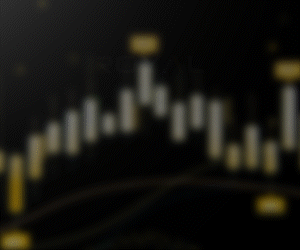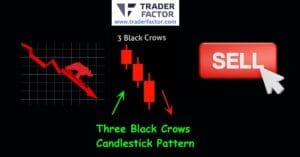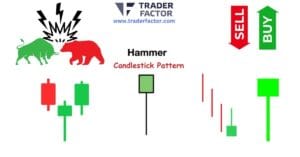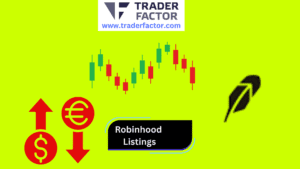Learn how to maximize your profits in forex trading by knowing when to buy and sell in forex. Discover the best strategies and most profitable times to buy in the forex market with our expert tips.
In a forex trade, traders exhibit different approaches and styles. Since the forex market is one of the largest and the most fluid in the world, there is no single way to buy or sell. Therefore, knowing when to trade depends on factors such as your strategies, market opening times and more.
According to most traders, when to buy and sell in forex is when the market is most active- that is when volatility and liquidity are high.
Nonetheless, based on scientific research, you need to combine technical and fundamental analysis to bring the best profit in the long run. In this article, we explore the concept of buying and selling forex to help you advance your forex trading experience.
Table of Contents
ToggleTrading Timing
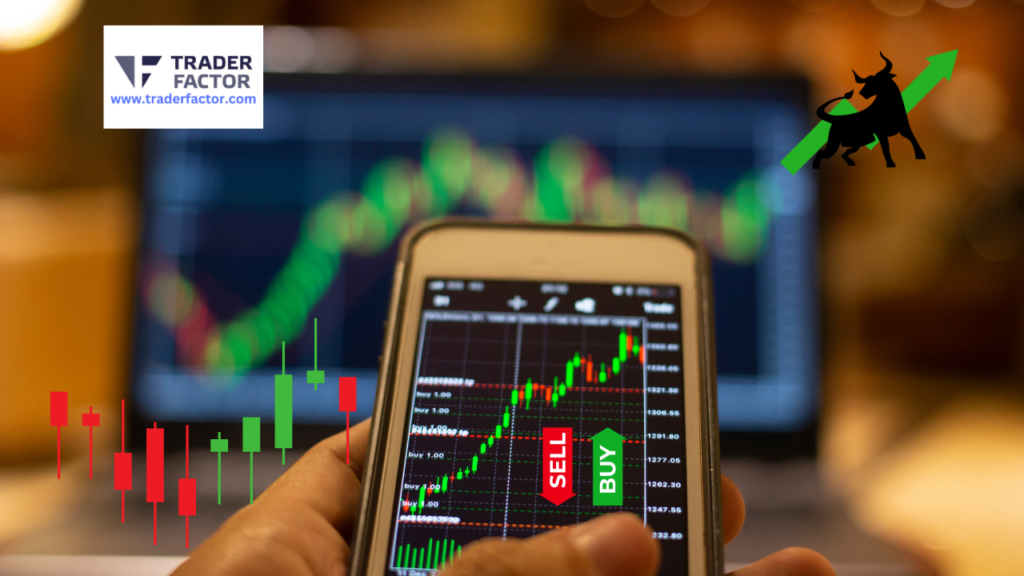
Successful forex trading always boils down to timing. While some traders lose money due to terrible timing, others are rewarded with the best short-term gains.
When traders believe in timing strategies like buy and hold, they know that better market return can only happen in the long investment run. However, you need to note that a buy and hold can help you know when to buy and sell in forex
Market Hours
Market hours can be defined as a schedule by which market participants can buy and sell forex. While the market is open 24 hours a day during weekdays, it normally closes during the weekends. But with a difference in the time zone, the weekend can be squeezed.
For instance, the market opens on Sunday at 5 p.m in New York City and closes on Friday at 5.00p. During this time, traders all over the world can execute the trade by buying and selling forex even though the conditions may vary.
While the market hours are different, it’s generally accepted that the above periods are important if you want to know when to buy and sell in forex.

Just because you can buy or sell forex at any hour doesn’t mean you should. The best time is, therefore, when the market is active with lots of positions to create a large volume of sales. The forex market can be divided into four different sessions namely;
- The London session-3 a.m. to 11 a.m. (EST}
- The Sydney session-3 p.m. to 12 a.m. (EST)
- The Tokyo session- 7 p.m. to 4 a.m. (EST)
- New York session- 8 a.m. to 5 p.m. (EST)
When the sessions overlap, the number of those buying and selling currencies significantly increases.
Currency Pair Considerations
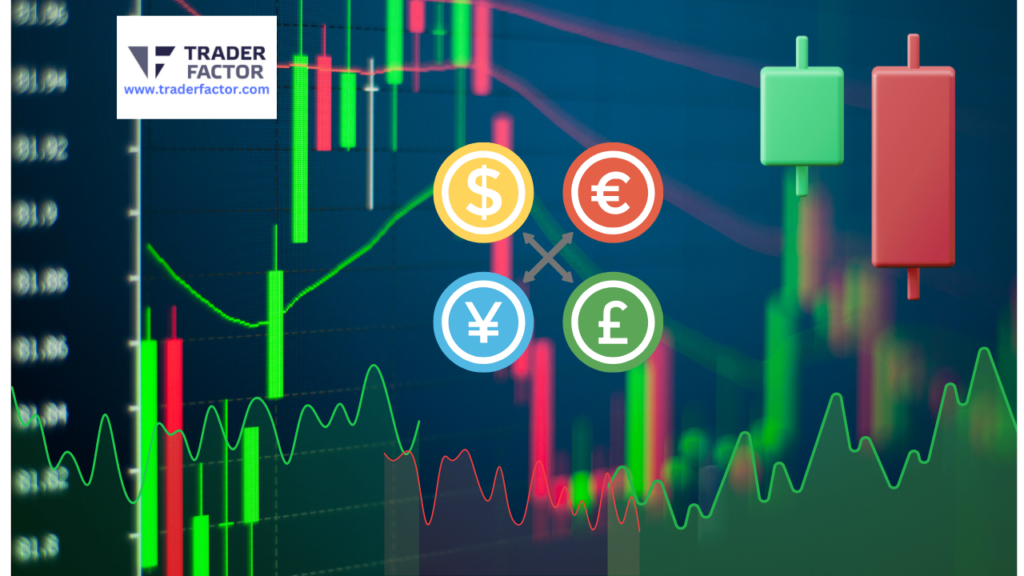
When determining the optimal time to buy and sell forex, it is crucial to consider the specific currency pairs you are trading. Every currency pair has unique characteristics, and understanding these nuances can enhance your decision-making process.
The major currency pairs are the most traded and liquid pairs, including EUR/USD, GBP/USD, USD/JPY, and USD/CHF. These pairs are typically best traded during their respective countries’ trading sessions (e.g., EUR/USD when Europe is open for business).
The Canadian (CAD), Australian (AUD) and New Zealand (NZD) dollars are often referred to as commodity currencies because their economies heavily rely on the export of natural resources. The optimal time to trade these currencies is typically during their respective countries’ trading sessions or when the U.S. market is active, as commodity prices are heavily influenced by U.S. economic data and monetary policy.
Trading emerging market currencies presents unique challenges and rewards. Due to factors such as political instability and economic vulnerability, these currencies can experience greater volatility. However, they may also offer higher potential returns. When trading emerging market currencies such as the Brazilian real (BRL) or Turkish lira (TRY), it is crucial to consider local market hours and global economic events that may impact currency movements.

When to Buy and Sell in Forex: Best Times to Trade Forex
The best time to trade forex depends on three primary factors: trading volume, volatility, and overlaps between major financial centers.
Forex trading volume largely depends on the opening and closing hours of the financial centers around the world. The highest trading volume typically occurs during the London and New York sessions. Consequently, the best time to trade pairs involving the British pound (GBP), Euro (EUR), and U.S. dollar (USD) is during these sessions, usually between 3 am to 4 pm EST.
Forex market volatility refers to the rate at which the value of currencies fluctuates. High volatility provides more opportunities for traders to make a profit but also increases risk. The most volatile time in the market is when the London and New York sessions overlap (from 8 am to 12 pm EST). This overlap period is characterized by high trading volume and frequent price movement, making it an ideal time for traders to get active.
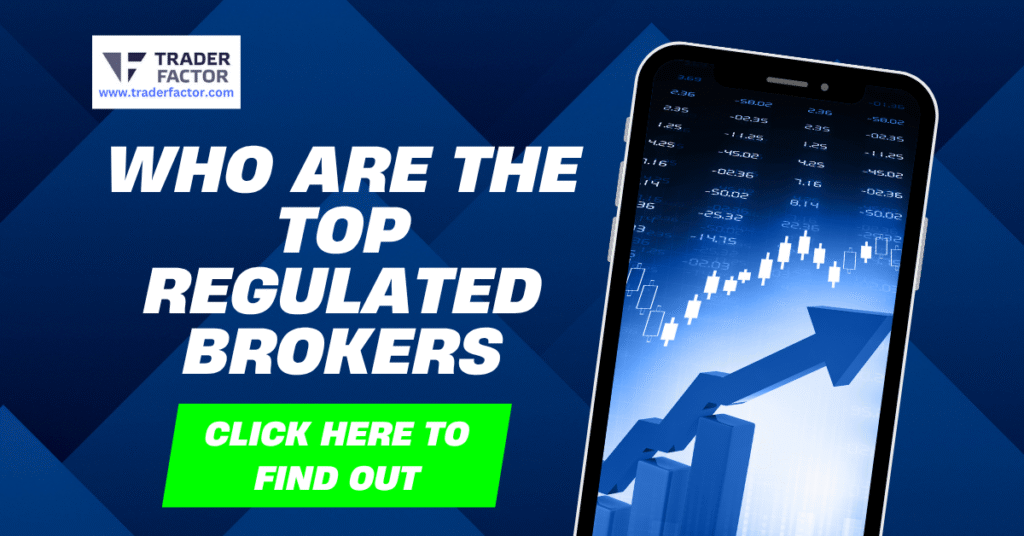
As mentioned earlier, the overlap between major financial centers presents lucrative trading opportunities. The largest overlap is between the London and New York sessions, but overlaps between the Sydney-Tokyo and Tokyo-London sessions can also provide valuable trading opportunities.
Economic Data Releases
One of the most important parts of fundamental analysis is to trade using economic data releases. Also known as news trading, this type of trading ensures that everyone has a level playing ground in the forex market. Each data released also has a set of times that can help you know when to buy and sell in forex.
Since everyone is trying to outwit the other at this time, the market can suddenly become volatile. With several economic data releases every day, every single country releases its data based on aspects such as retail sales, unemployment, trade balance, GPD and more. However, all this data doesn’t mean that it’s safe to trade.

Instead of using this data blindly, you can need to filter the news releases and the expected impact to avoid any risk. You can also use the calendar to get information about important news events and economic data reports. The best thing is to ensure that you only consider what’s most relevant to you.
Relevant Factors That Affect Trading Timing
After developing a good knowledge of the forex market, it’s important to understand the right tools and know the relevant factors that affect trade. Here are some of the factors that affect trading timing;
Banking trade policies, government policies, and economic policies typically affect trading timing. For instance, when interest rates reduce, daily trade is likely to increase. Therefore, important to keep abreast with economic policies and other relevant news.
While company news plays an important role when it comes to when to buy and sell in forex, there are key analysts whom you need to watch. If an analyst speculates that certain companies or competitors are doing well, buying is likely to increase. Once they evaluate a company or industry’s performance, they can help you decide on what to trade on that day.
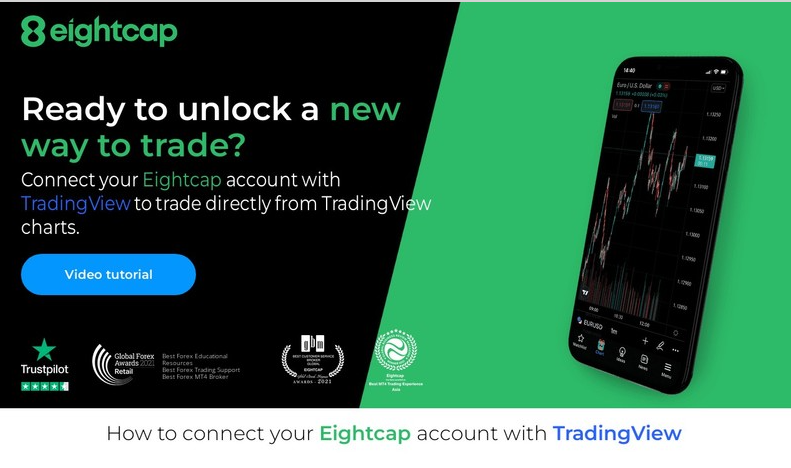
Social media and news trends also play a significant role when it comes to buying and selling forex. While content creators constantly place information, finance journalists share speculations about market movements and companies’ performances. To trade, accordingly, you need to follow these trends.
This concept simply means that when the demand for a certain stock is high, the supply tends to be low hence it’s likely to trade at a higher price. This is a very important factor as most traders are likely to sell early and push the prices down.
Since a lot of things happen during the opening hour of trading, the first hour of trading is usually very critical as it’s likely to affect how trading and allows you to know when to buy and sell in forex.

When there’s higher liquidity, there are higher chances of buyer positions. But if the prices move down, most traders tend to short-sell and make a profit.
Future data is very important especially if you want to track daily trades. Given that this data is gathered from trades before the market opens, it can give you a good indication of the movement of the market.
Mid-day trading occurs when the opening trading has ended and the market has already settled. During this time, most traders buy the stock at lesser prices, thereby affecting their daily trades.
Trading Strategies
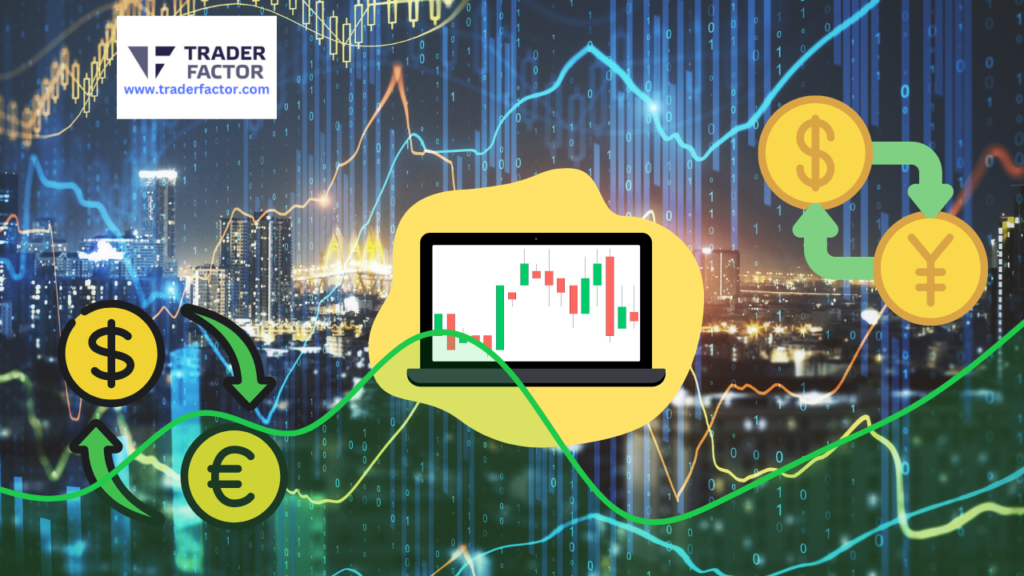
A trading strategy is a well-considered trading plan that outlines the risk tolerance, objectives, tax implications and time horizon of trading. As a trader, you need to research the best practices and ideas before you can adapt them. Once you execute a strategy, you’ll want to monitor and manage it by closing as soon as possible. Since there are many trading strategies, it’s upon you to decide which strategy works best for you.
Technical Analysis
Technical analysis is where traders evaluate or study prices by looking at the historical movement to determine the trading condition. This analysis is based on the fact that all current market information is depicted on the price. This simply means that all known fundamental information depends on the current market price.
Based on the chaotic behaviour of the market, traders believe that predicting the prices of currencies and stock is not certain. So, it’s all about looking at the possibilities and trading only when the odds favour you. One of the ways of looking at this is focusing on the market while determining the risk-reward ratio.

Widely used to determine the long-term trend, this scope of analysis can help traders know when to buy and sell in forex. The main assumptions of technical analysis are;
- All the data should be depicted in charts
- All price movements follow trends hence do not just occur randomly
- All market traders behave just as they did in the past
- Technical analysis provides traders with early signals to help them make better market decisions
- It lets traders decide based on their risk appetites
- It provides enough information for short-term trading, investment, and swing trading
- It’s flexible and hence allows you to analyse any financial market
Limitations
- Prices for buying and selling forex can be uncertain hence traders should not make rushed decisions using this information This analysis can only be used to predict trends
- With so much information traders are likely to be confused

Fundamental analysis refers to evaluating the value of assets such as market indexes, stocks or currency concerning their growth potential. This analysis aims to ascertain its value so you can understand the direction of trade and determine when to buy and sell in forex. The main assumptions of fundamental analysis are;
- The price of an asset does not depict the true value of the issuing company
- The intrinsic value of the company is likely to reflect the value of the stock
- The stock can move to reflect the fundamental value of the asset or stock
Forex traders can use fundamental analysis to evaluate all types of stocks, assets, commodities and even bonds. For example, you can use figures released by the central bank, insights into a country’s economy or just focus on a company’s earnings.
Typically, it’s a way of looking at forex by analysing the social, economic and political forces affecting the currency market. Since the hardest part is evaluating all the factors affecting demand and supply, you must understand why and how certain events affect the monetary policy, ultimately affecting the level of demand for the currency.
Advantages
- Fundamental analysis helps you know how a company runs
- It helps you gather the right information to make a decision
- It limits any bias which is likely to take place
Limitations
- It’s complex and time-consuming
- It might take days or months to actualize
- The findings of this analysis are not suitable for short-term decisions
Newer events like political, economic, political, and legislative changes may affect the markets.
Market Analysis

As an online forex trader, it’s important to have a concrete approach to help you make the right decisions and trade. So, you need to understand different types of strategies and know their strengths and weaknesses. Deciding which analysis to use is very crucial especially if you want to know when to buy and sell in forex.
Besides the fundamental, technical and sentiment analysis, you can use global economic events, central bank policies, and political developments to determine when to buy and sell in forex.
Global Economic Events
Since forex is a global financial market, buyers and sellers buy and sell currencies from all over the world. The fact that it’s worldwide means that these events play a great role. While traders don’t have to focus on popular currencies, they offer a good place to start.
The value of these currencies is influenced by factors such as political developments, economic events, and market sentiment that also affect when to buy and sell in forex.

Indicators such as employment data, gross domestic product (GDP), and inflation rates can have a significant effect on the currencies. For instance, a strong GDP may boost the value of the currency while a weak one may reduce it.
Political events can also affect the forex market either negatively or positively. For instance, changes in international relations and government policies can have an impact on the attractiveness and stability of a country which can, in turn, affect the value of the currency.
In addition, market sentiment can play a role in foreign exchange. When traders look at certain currencies positively, it’s likely to increase in demand and appreciation. Conversely, when they have a negative outlook, their demand is likely to decrease something which can lead to depreciation and affect when to buy and sell in forex.
It’s, therefore, important to stay informed about these events and how they affect the forex market. By understanding these factors, you can manage your risks by making more informed trading decisions. To remain informed, you can subscribe to economic calendars, and follow financial news outlets.

Central Bank Policies
If there is one factor that affects forex trade and determines when to buy and sell in forex then it’s the central bank policies. This means you must always know the central bank interest rates, the trends and how they’re likely to be impacted soon. Also, you must understand the difference between the currencies and how the market reacts to them.
While traders with a short-term trading perspective react swiftly to the events, those with a long-term perspective may benefit from a carry-trade strategy. The idea is to sell a currency with a low-interest rate and invest in one with a high-interest currency. This kind of strategy works well especially when the currency you are buying appreciates. Overall, any changes in the interest rates may affect forex trading and when to buy and sell in forex.

Types of Monetary Policies
- Contractionary policy– this is where the central bank reduces the money it supplies or just raises the interest rates. This makes borrowing money more expensive thus reducing both expenditure and investment.
- Expansionary policy– in this policy, the central bank increases the supply of money while reducing the interest rates. Consequently, the cost of borrowing money becomes less expensive thus leading to increased expenditure and investment.
Political Developments
Like central bank policies, political developments are likely to influence forex trade by instantly changing the value of the currencies. This is because they are long-drawn, largely unpredictable and involve several countries.
But what factors affect the currency rates?
- Political Stability– a stable country is likely to be attractive to foreign investors something which can positively affect the currency rates. On the other hand, an unstable country is usually less attractive to investors and affect when to buy and sell in forex.
- Elections– while elections occur in virtually every country, they can hugely affect the currency value as they are usually perceived as a sign of impending instability. This is especially true when they are tightly contested.
- Government debt– while a huge amount of spending by the government is necessary to spur the economy, a large debt can easily deter investors. If a country gets itself into huge debt without a plan, it’s likely to affect the value of the currency and subsequently impact the forex trade.
- Trade terms- terms of trade are the relationship between import costs and export prices based on the country’s balance of payments and the country’s current account.
Effective Forex Risk Management Techniques

Although the forex market comes with a range of opportunities, it also has a lot of risks. Thankfully, risk management techniques offer a set of measures you can implement to ensure that any negative effect is manageable.
An effective risk management strategy requires proper planning and execution so you can know when to buy and sell in forex. You also need to apply techniques and tools that can prevent you from losing money when you trade forex.
Setting Stop-Loss Orders
A stop-loss order is an order put by traders to lock in profits and limit any loss in their existing position. It’s typically putting a stop to trading to protect their trade from unprecedented market movements. For instance, if you enter a certain position market with the hope that the currency will appreciate but it depreciates, you can put this order to prevent any further losses.
While most traders associate this with a long position, it can also help in a short-term position. Since stop losses are not guaranteed, it’s best if you set your stop losses at a level such that you don’t lose more than 2% of your trading balance. Once you set this, you should not increase the loss margin. This way, you’ll know when to buy and sell in forex.

Diversifying Portfolios
A tried and tested risk management strategy, diversifying portfolio refers to having a diverse range of investments so that if one drops it can be compensated by the others. One way to do this is to trade more than one currency pair. The unwritten rule is that the greater the number of pairs used, the higher the probability of beating the benchmark.
You can also diversify your portfolio by using a few well-selected currency pairs. The portfolio must include enough unrelated currency pairs. It’s also important to consider the so call called multiple risks, which are all sources of forex market risks.
Controlling Position Sizes
Position sizes refer to the number of units you need to trade to achieve your desired level. Controlling position sizes is, therefore, a technique that investors use to determine the number of units they can buy to limit the risks and maximise returns.

While this is an important concept in forex trade, it’s mostly associated with currency trading. Before you can use appropriate position sizing, you must determine your account risk. As a rule of the thump, you should not risk more than 2% of your investment capital.
For instance, if you have more than a $25,000 account and decide to set your maximum risk at 2%, you should not risk more than $500 per trade. This means, even if you lose 10 consecutive trades in a row, you’ve only lost 20% of your investment capital.
Market Trends
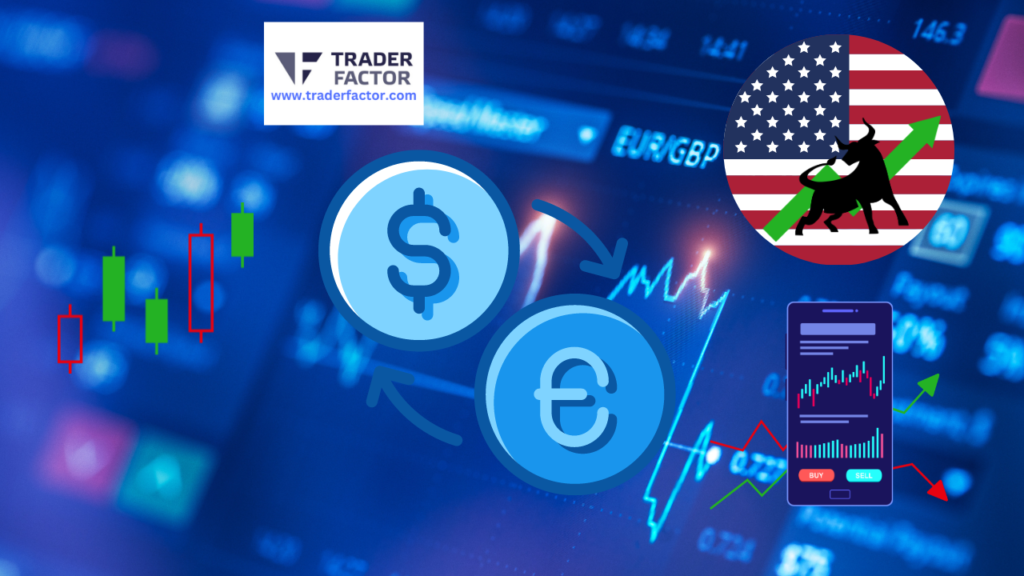
Market trends can be described as the anticipated price movements over time. Since markets can take upward, downward or sideways trends, traders often use them to make movements more predictable. Market trend analysis is crucial as it provides us with critical information needed to determine when to buy and sell in forex.
Currency Pair Correlations
Currency pair correlations show the link between two separate forex pairs and hence can provide you with an opportunity to realize more profit. For instance, if you are certain that one currency pair will move alongside the other, you can choose to maximise your profit or shield your current exposure to avoid making losses.
The currency pairs which include the US dollar are usually more active between 12 pm to 9 pm (UK time) while pairs with the pound are likely to be active between 8 am and 4 pm (UK time) when the British and European markets are open.
Unlike the Japanese Yen (JPY), the most highly correlated currency pairs are GBP/USD and EUR/USD because they are close to the relationship between the British pound and the Euro.
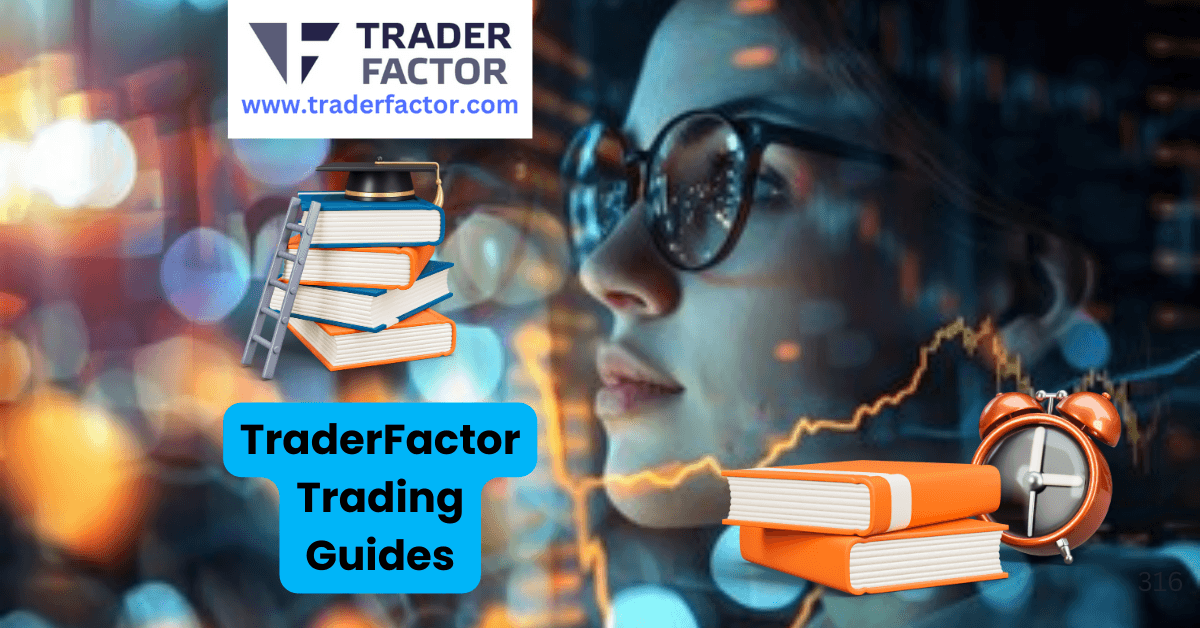
Market Volatility
Market Volatility is used to estimate the difference between the opening and closing prices of currency over time. A currency pair that fluctuates between 5-10 pips is usually less volatile than one that fluctuates between 50-100 pips.
Compared to safe haven currencies like the dollar and the pound, exotic currency pairs and emerging markets tend to be more volatile. So, based on your strategy and trading style, you can find a currency pair that suits your need and subsequently determine when to buy and sell in forex.
Volatility is important because it’s one of the most intrinsic parts of the forex market. Without volatility, there is no price movement something that makes it impossible to have any trading activity. A certain level of volatility is also needed for the markets to operate. But when volatility is too high, trading can be a bit tricky. You, therefore, need to be aware of the most volatile currencies especially when it’s rising.
Key Metrics
Trading metrics refer to statistics used to analyze trading performance. Just like you can evaluate how fast a car is or how many people it can transport, key metrics will show you different aspects of trading including how your strategy performs and whether it will survive in different market conditions.

Once you get a better understanding of your performance, you can gain confidence and trade, knowing that it will be profitable in the long run. This is very important if you want to know when to buy and sell in forex.
Top 6 Key Metrics
- Profit factor– the profit factor refers to the amount of money made compared to the amount lost. Simply put, it determines whether trading is profitable or not.
- Broken down by session– this refers to breaking down your trades into sessions to determine when you can trade and make the maximum profit.
- Average winner– this is the average total amount of money you can win per trade. It’s usually calculated by dividing the total amount of profit made by the total number of trades.
- Average Loser– this is the average amount of loss per trade. It’s calculated by dividing the total amount of money lost by the total number of trades.
- Holding time– this is the average amount of time you spend on trade. While it might be less relevant if you are a day trader, if you are a swing trader it’s a very important factor.
- Expectation– the expectation is the average amount of money you can expect per trade. It’s calculated by dividing the expected value by the loss.
Conclusion
Most beginner forex traders have the following questions about when to buy and sell in forex in order to make a profit: When should I buy and sell forex? How to know when to buy and sell forex? Forex trading when to buy or sell? Understanding when to buy and sell in forex?
So when is the best time to buy and sell forex?
Well while this depends on an individual trader, it’s important to cinder different strategies and price movements. price movements of a currency pair. You should also consider factors such as market volatility, central bank policies and political developments to help you know when to buy and sell in forex. Remember, the best time to buy and sell currency is when the market is most active.
Disclaimer:
All information has been prepared by TraderFactor or partners. The information does not contain a record of TraderFactor or partner’s prices or an offer of or solicitation for a transaction in any financial instrument. No representation or warranty is given as to the accuracy or completeness of this information. Any material provided does not have regard to the specific investment objective and financial situation of any person who may read it. Past performance is not a reliable indicator of future performance.








